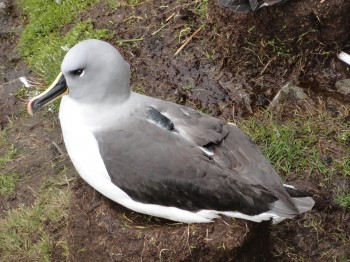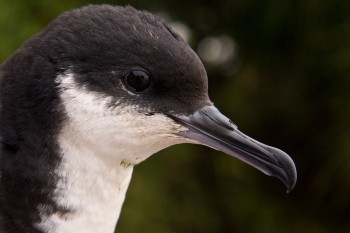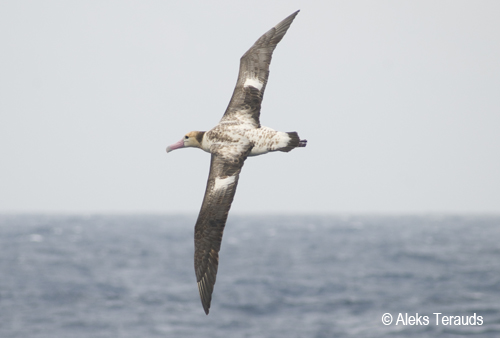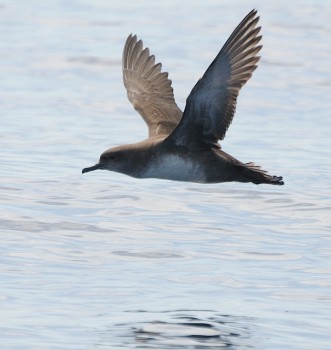Ryan Reisinger (Centre d’Etudes Biologiques de Chizé, Villiers-en-Bois, France) and colleagues have published in the journal Diversity and Distributions on a decade of at-sea tracing of marine predators, including seven ACAP-listed species, that breed on Marion Island in the southern Indian Ocean.
The paper’s abstract follows:
“Aim
The distribution of marine predators is driven by the distribution and abundance of their prey; areas preferred by multiple marine predator species should therefore indicate areas of ecological significance. The Southern Ocean supports large populations of seabirds and marine mammals and is undergoing rapid environmental change. The management and conservation of these predators and their environment relies on understanding their distribution and its link with the biophysical environment, as the latter determines the distribution and abundance of prey. We addressed this issue using tracking data from 14 species of marine predators to identify important habitat.
Location
Indian Ocean sector of the Southern Ocean.
Methods
We used tracking data from 538 tag deployments made over a decade at the Subantarctic Prince Edward Islands. For each real track, we simulated a set of pseudo-tracks that allowed a presence-availability habitat modelling approach that estimates an animal's habitat preference. Using model ensembles of boosted regression trees and random forests, we modelled these tracks as a response to a set of 17 environmental variables. We combined the resulting species-specific models to evaluate areas of mean importance.
Results
Real tracking locations covered 39.75 million km2, up to 7,813 km from the Prince Edward Islands. Areas of high mean importance were located broadly from the Subtropical Zone to the Polar Frontal Zone in summer and from the Subantarctic to Antarctic Zones in winter. Areas of high mean importance were best predicted by factors including wind speed, sea surface temperature, depth and current speed.
Main conclusions
The models and predictions developed here identify important habitat of marine predators around the Prince Edward Islands and can support the large-scale conservation and management of Subantarctic ecosystems and the marine predators they sustain. The results also form the basis of future efforts to predict the consequences of environmental change.”

A Grey-headed Albatross, one of the seven ACAP-listed species in the study, carries a tracker at Marion Island, photograph by Kim Stevens
With thanks to Ryan Reisinger.
Reference:
Reisinger, R.R., Raymond, B., M.N., Hindell, M.A., Bester, M.N., Crawford, R.J.M., Davies, D., de Bruyn, P.J.N., Dilley, B.J., Kirkman, S.P., Makhado, A.B., Ryan, P.G., Schoombie, S., Stevens, K., Sumner, M.D., Tosh, C.A., Wege, M., Whitehead, T.O., Wotherspoon, S. & Pistorius, P.A. 2018. Habitat modelling of tracking data from multiple marine predators identifies important areas in the Southern Indian Ocean. Diversity and Distributions DOI: 10.1111/ddi.12702.
John Cooper, ACAP Information Officer, 18 January 2018

 English
English  Français
Français  Español
Español 

 ,
,